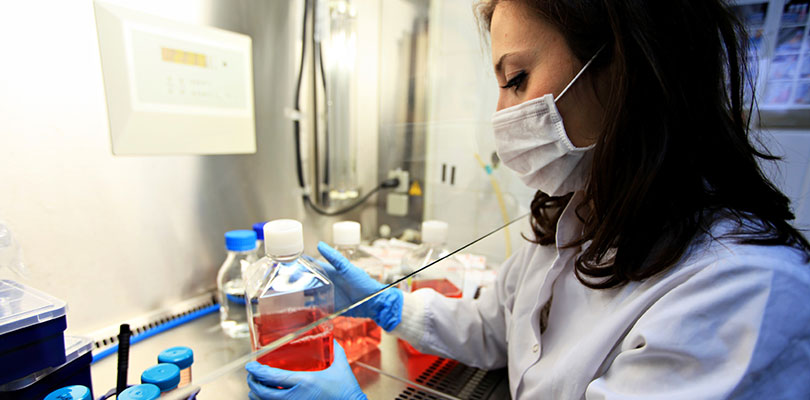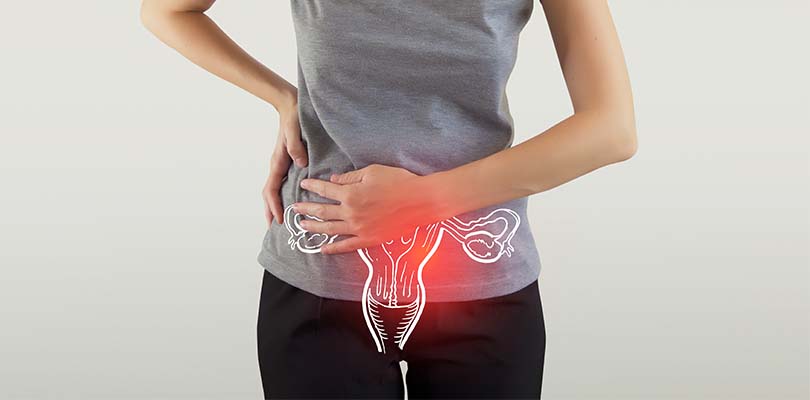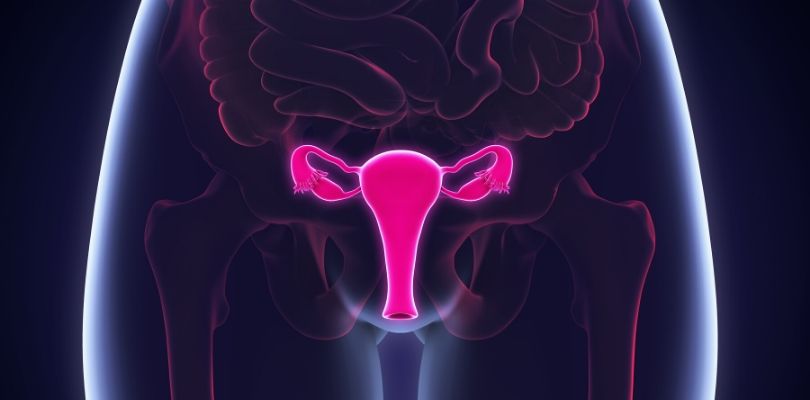Photo Credit: gevende / iStockPhoto.com
Understanding the Rise in Cancer Rates to Help You Understand Your Own Risk
Cancer is a complex disease that can grow out of a variety of risk factors, which makes it as difficult to manage as it is to explain. However, advances in research and therapies have clarified how cancer starts, and why it seems like so many more people are suffering from cancer than ever before.
The vast majority of cancers can be traced to genetic mutations that are, to a certain extent, totally natural. As your cells grow, develop, die, and repeat the process, random genetic mutations will take place that make some cells resistant to damage or other healthy cells more prone to dying off.
Once these mutations overpower the surrounding healthy cells, the mutated cells can grow together to form a cancerous tumor and effectively takeover that region.
So what could account for the rise in cancer cases? While human genes haven’t changed drastically over recent years, the conditions in and around them have shifted.
Lifestyle factors, like diet and bad habits, certainly play a role in your cellular health, as will your life expectancy, and even the job you do. The rates of many chronic diseases have fallen in the past few decades, but cancer is not behaving in the same fashion, for a few reasons.
An Aging Population
When it comes to most cancers, one fact is very clear: the older you get, the higher your risk. As your body ages, more mistakes will accumulate in your genetic code — mistakes that can cause cancerous cells to multiply and tumors to develop.
In fact, about 77 percent of all cancers are diagnosed in people over the age of 55. When you consider that the North American population is aging, it makes sense that there are more cancer diagnoses these days.
There are a couple of reasons for this demographic shift: the baby boomer generation has now entered retirement age, and secondly, people are living much longer than they did a mere a century ago. In turn, a huge segment of the population is older than 55 — and that demographic is expected to double by 2060.
Better Screening Catches More Cancer
Although cancer screening isn’t recommended for everyone, or every sort of cancer, more cancers are caught in their early stages as testing becomes more effective and precise.
Breast, prostate and colorectal cancer screenings have been especially helpful in detecting these diseases before they advance to later stages, and genetic testing has opened the door to better prevention and monitoring for certain high-risk patients.
Of course, when more cancers are found because of sophisticated screening, more cancers are diagnosed, and the general cancer rate appears to go up accordingly.
Oral cancer or mouth cancer is a form of cancer which can develop anywhere in the lining of the mouth or throat and is common in older people (50+).
Unhealthy Lifestyles on the Rise
While tools for cancer diagnosis and treatment have improved, the average American lifestyle has gone in the other direction. Poor diet and sedentary living have become the norm, and recent statistics indicate that nearly 70 percent of the U.S. population is overweight or obese. This puts the population at a greater risk for cancer.
Obesity is tied to a number of cancers, including breast, colon, esophageal, pancreatic, endometrial, kidney and thyroid. The role of obesity in cancer risk varies according to type of cancer, but in certain cancers (particularly endometrial and esophageal cancers), obesity can be blamed for 40 percent of cases.
In fact, obesity threatens to overtake smoking as the number one risk factor for cancer.
Other lifestyle factors can also increase your cancer risk, including:
- A diet high in red meat and processed meats (fatty meats are tied to gastrointestinal and colorectal cancers).
- Drinking more alcohol, more regularly (heavy drinking drives up your risk for breast, mouth, esophageal and colon cancers).
- Sunbathing and tanning in sunbeds (skin cancer rates continue to rise).
Happily, tobacco-related cancer is on the decline, as fewer people are smoking cigarettes each year. On the other hand, changing reproductive habits could help explain why rates of breast, ovarian, and some other reproductive cancers haven’t fallen much despite the introduction of the HPV vaccine and more conscientious screening.
The Good News
Although there is no known way to absolutely defend against cancer as the years go by, you are not completely at the mercy of your mutating genes.
How you choose to feed and protect your body can go far to reducing your risk of some very invasive cancers — most notably, skin cancer and colon cancer — and communicating well and often with your doctor can put you ahead of the game when it comes to early diagnosis. It’s important to acknowledge the more promising cancer trends, too.
Childhood Cancer Rates Are Falling
Since 1975, childhood cancer mortality rates have fallen by more than half, which is a huge gain. Just 50 years ago, the survival rate for many childhood cancers hovered around 10 percent, but today, nearly 90 percent of children will survive for five or more years after diagnosis.
This improvement can be tied to better cancer prevention, as well as screening and treatment. The HPV vaccine has helped to drastically reduce the likelihood of developing cancers that stem from the HPV virus, especially when the vaccine is administered during adolescence.
Better Diagnosis Means Greater Survival
There may be more diagnosed cases of cancer now, but cancer survival rates have seen a remarkable improvement in recent years, too. Experts estimate that there are around 14.5 million cancer survivors in the United States, and many are living full and healthy lives.
Since advances in tools and diagnostic techniques mean many cancers are caught earlier, when they are far more responsive to treatment, it’s important to keep the rises cancer statistics in perspective. Facing cancer is never easy, but you can take some comfort in the fact that prognosis has never been better than it is today.







